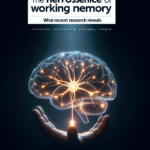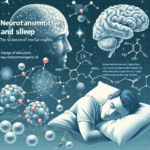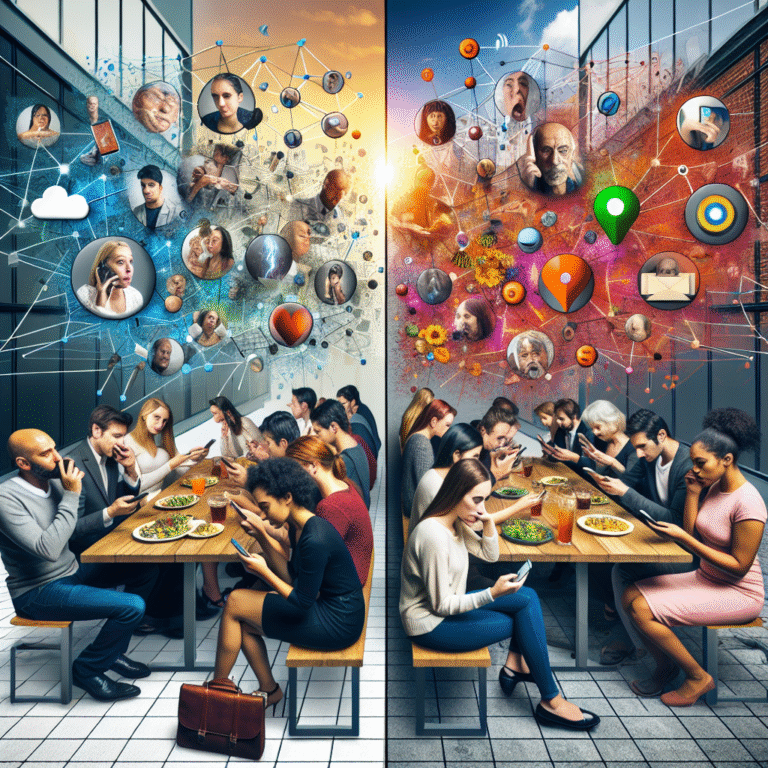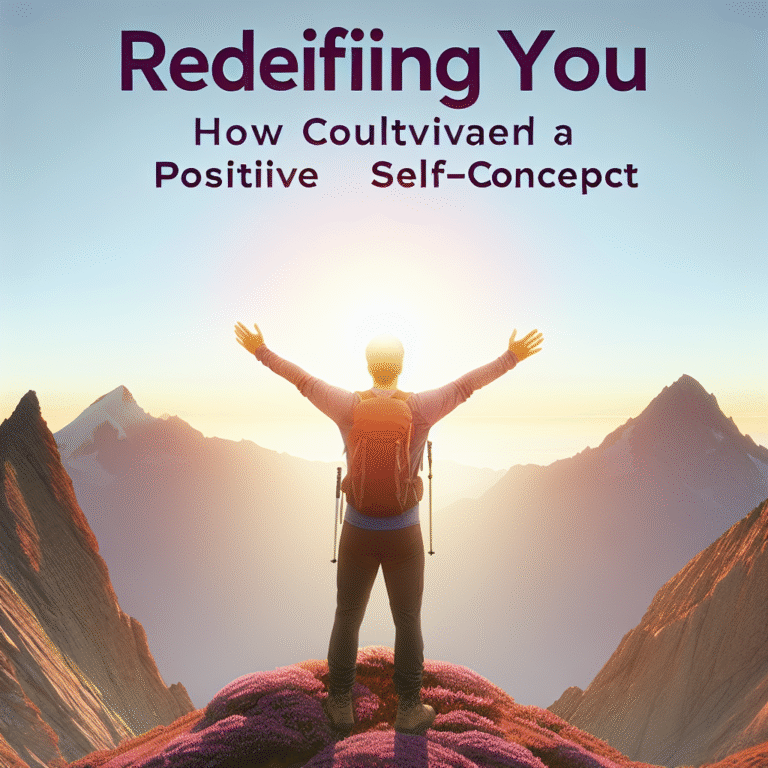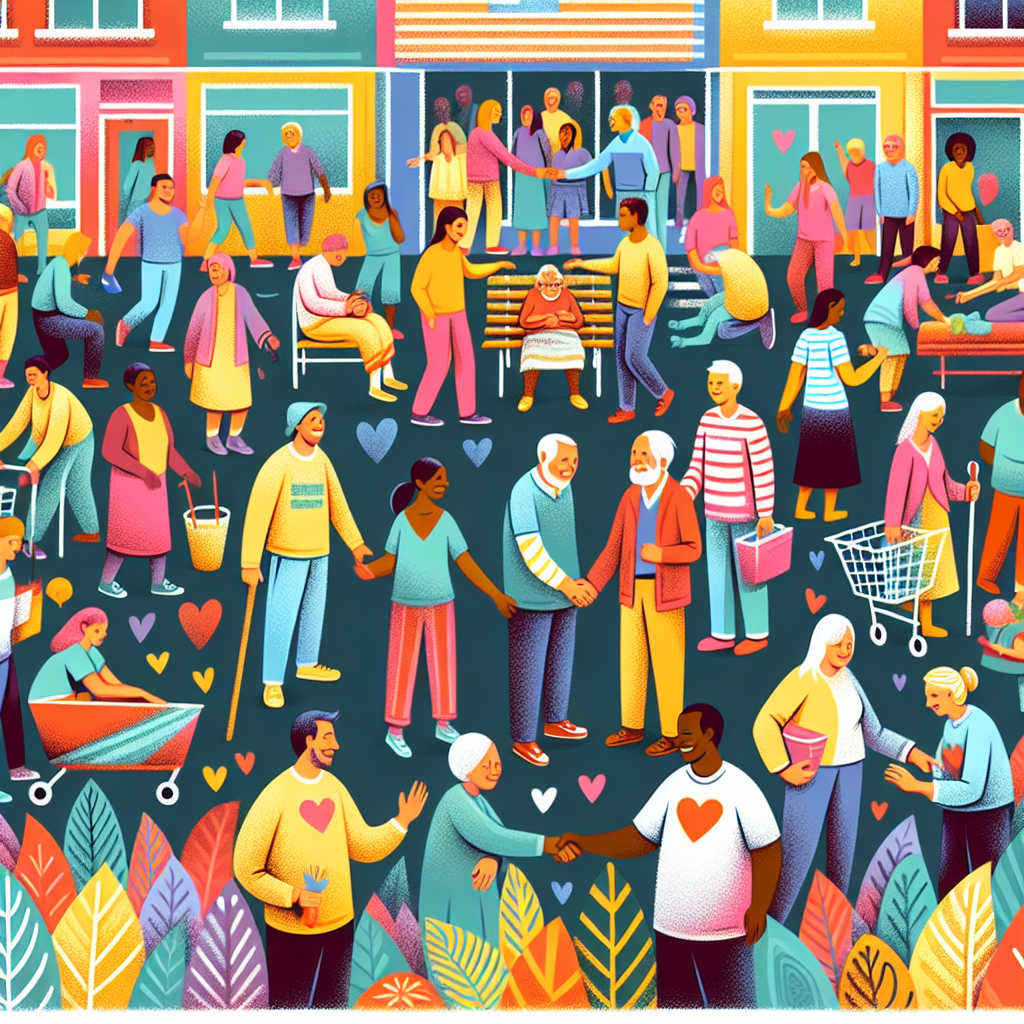
Introduction
Imagine a world where every act of kindness sparks a ripple effect, transforming not just individual lives but entire communities. This isn’t just a dream—it’s a reality that unfolds every day when altruism takes root. From kindness to action: How altruism changes lives and communities is a journey that not only begins with selfless acts but extends to creating a profound impact on societal structures. From the local neighborhood to global initiatives, our choices to show kindness can lead to staggering changes, and in this guide, we will explore that transformative power.
Understanding Altruism: The Heart of Kindness
What is Altruism?
Altruism can be defined simply as the selfless concern for the well-being of others. It transcends mere kindness; it invites action, prompting individuals to devote their time, resources, and energy to uplift those around them. But why should we care?
The Psychology of Altruism
Research indicates that altruistic behavior triggers the release of dopamine—a neurotransmitter that enhances feelings of happiness. This psychological reward system creates a loop of kindness where individuals are motivated to act altruistically due to the positive feelings it generates.
The Benefits of Altruism on Individual Well-being
- Enhanced Happiness: Studies consistently show that helping others can lead to significantly increased feelings of happiness and life satisfaction.
- Physical Health: Acts of kindness have been linked to lower blood pressure, improved immune system functions, and longer life expectancy.
- Community Connection: Engaging in altruistic acts can foster deeper relationships and build trust within a community.
From Kindness to Action: A Step-by-Step Guide
Step 1: Recognizing Opportunities for Kindness
Recognizing opportunities for kindness is the first step in the from kindness to action: how altruism changes lives and communities journey. This could mean volunteering, donating, or simply offering a listening ear to someone in need.
Case Study: The Homeless Outreach Program
In Seattle, a grassroots initiative began when local residents noticed an increasing number of homeless individuals struggling on the streets. They organized a series of food drives and clothing donations, leading to the launch of an outreach program that provided hot meals and mental health resources. The program has not only uplifted those in need but also fostered a network of compassionate neighbors.
Analysis: This case study illustrates how individual kindness can catalyze organized action, positively impacting the community’s quality of life.
Step 2: Mobilizing a Community
Once opportunities are recognized, the next step is mobilizing community efforts. This involves building a team, sharing the vision, and fostering a spirit of collaboration.
Table 1: Mobilizing Community Resources
| Resource Type | Examples | Impact |
|---|---|---|
| Human Resources | Volunteers, Local Businesses | Increased Manpower |
| Financial Support | Donations, Grants | Expanded Outreach |
| Material Goods | Clothing, Food, School Supplies | Direct Assistance |
| Awareness | Social Media Campaigns | Community Engagement |
Step 3: Building Sustainable Initiatives
Sustainable initiatives are crucial for long-term success. Once kindness has been translated into action, it’s imperative to evaluate and adapt programs to ensure they meet community needs effectively.
Case Study: Literacy Program in Chicago
In Chicago, a group of concerned citizens recognized the low literacy rates in their community. They started a tutoring program aimed at children and adults, which has since morphed into a comprehensive educational initiative. Continuous community feedback led to the introduction of online courses and workshops, ensuring the initiative never became obsolete.
Analysis: The success of this literacy program highlights the importance of adaptability and sustainability in altruistic actions and their transformative capabilities.
Step 4: Measuring Impact
Effectively measuring the impact of altruistic actions is necessary to celebrate victories and identify areas for growth.
Table 2: Methods for Measuring Community Impact
| Metric | Description | Purpose |
|---|---|---|
| Pre-and Post- Surveys | Collect feedback from participants | Evaluate program effectiveness |
| Community Engagement Numbers | Track participation over time | Measure reach and growth |
| Success Stories | Document individual transformations | Inspire further actions |
Spreading the Ripple Effect
Sharing Stories of Kindness
Stories are powerful tools. When individuals share their experiences of kindness and altruism, it can encourage others to participate.
Case Study: Social Media Movements
The “#PayItForward” movement has inspired countless individuals to engage in acts of kindness, from paying someone else’s bill at a coffee shop to leaving positive notes in public spaces. These stories not only spread joy but also create a culture where kindness becomes the norm.
Analysis: It demonstrates how sharing personal experiences can turn small acts of kindness into widespread movements touching countless lives, illustrating from kindness to action: how altruism changes lives and communities.
Encouraging a Culture of Altruism
To create enduring change, it’s essential to cultivate a culture of altruism. Schools, workplaces, and community groups play a pivotal role in fostering this spirit.
Implementing Kindness Programs
Instituting kindness programs in local schools can instill values of empathy and giving across generations. Programs focused on community service, mentorship, and peer support can lead to a more harmonious society.
The Broader Impact of Altruism on Society
Altruism and Economic Development
Interestingly, altruism plays a crucial role in economic development. It leads to enhanced collaboration, innovation, and resiliency within communities, which are vital for sustainable growth.
Addressing Global Challenges through Altruism
Several global issues, such as poverty, climate change, and inequality, require collective action and empathy. Altruistic behaviors can galvanize individuals and communities to tackle these challenges head-on.
Case Study: The Climate Movement
Organizations like "Fridays for Future" have mobilized young people globally to take action against climate change. Through simple acts like participating in a protest or planting trees, these individuals are exemplifying how kindness towards the planet can lead to broader social changes.
Analysis: This movement showcases the potential of harnessing collective altruism to address pressing global issues while fostering a sense of community.
Conclusion: The Call to Action
In conclusion, from kindness to action: how altruism changes lives and communities encapsulates a powerful journey characterized by empathy, engagement, and empowerment. Each kind act can trigger a cascade of positive changes that enhance the human experience.
As you walk away from this guide, consider how you can initiate your own ripple effect of kindness. Start small—whether it’s helping a neighbor or volunteering your time. The actions you take today could transform lives and communities for generations to come.
FAQs
1. What are simple ways to practice altruism in daily life?
You can practice altruism by volunteering, donating to charities, helping a neighbor, or even just smiling at strangers. Small actions accumulate into significant changes.
2. How does altruism impact mental health?
Altruism reduces feelings of loneliness and increases happiness and life satisfaction. Helping others can lead to improved mental health and overall well-being.
3. Can altruism lead to long-term change in communities?
Absolutely. Sustained altruistic actions can lead to healthier, more connected communities, capable of adapting and addressing various challenges together.
4. What are some common barriers to altruism?
Common barriers include lack of time, resources, and awareness. Educating and mobilizing communities can help overcome these challenges.
5. How can organizations promote altruism among employees?
Organizations can foster altruism by encouraging volunteer programs, matching donations, and providing incentives for employees to engage in meaningful community work.
In embracing the power of altruism, we discover that each act of kindness, no matter how small, has the potential to create waves of change. The journey from kindness to action is ours to embark upon—let’s make it count.

